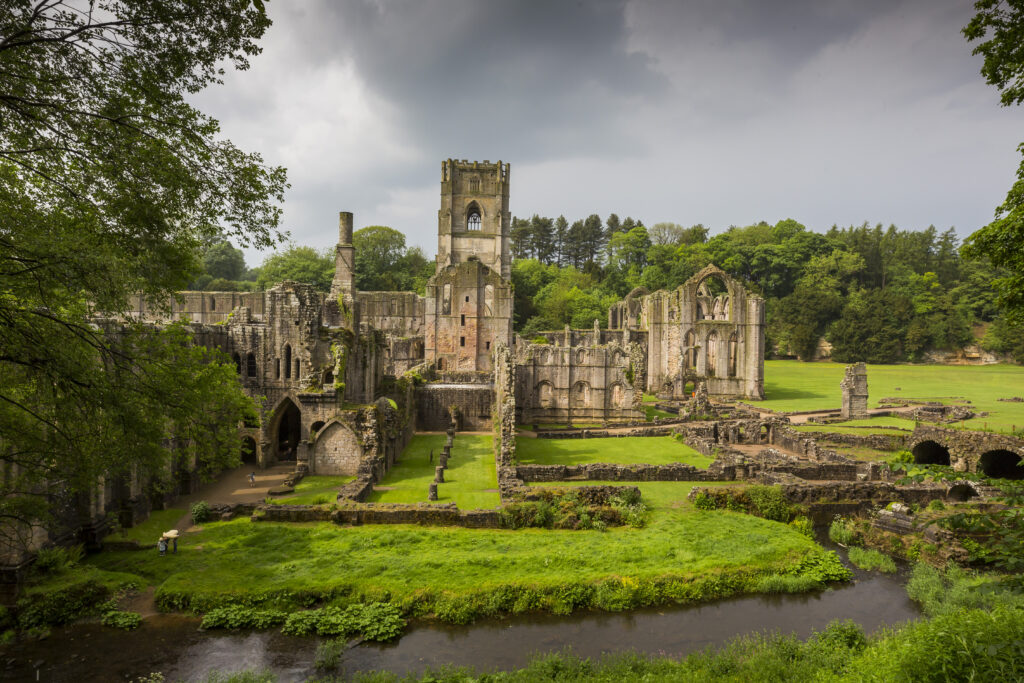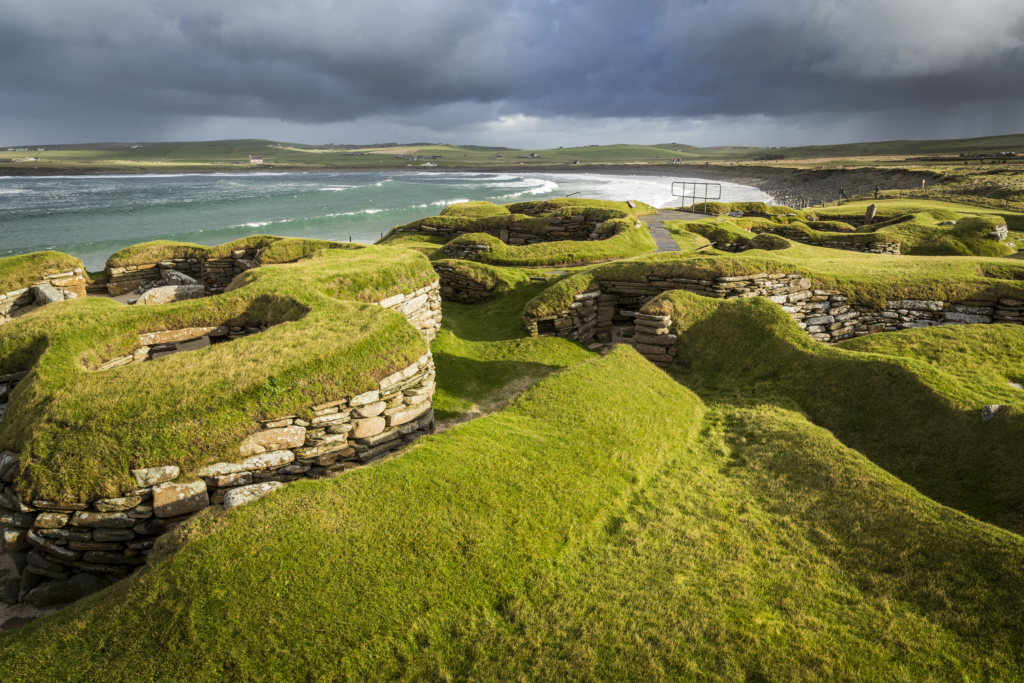Visitor Centres in a Changing World webinar
March 1, 2021
A report by webinar chair and WH:UK Trustee, Jane Gibson, Durham World Heritage Site Coordinator
On 18th February, World Heritage UK were very proud to host our most successful webinar to date entitled Visitor Centres in a Changing World.
Over 130 delegates joined us online, drawn from across the world. As well as a strong representation from the UK, we welcomed colleagues representing sites in Europe, the Caribbean, Africa, the Middle East, China and even New Zealand (although those final partners sensibly opted to take advantage of the recording of the event, which can be accessed at https://vimeo.com/514360820.
Proceedings started with Patricia Alberth, Head of the World Heritage Office of the City of Bamberg who, as part of her presentation “Transformation in the midst of challenges – World Heritage planning in times of uncertainty” introduced us to her wonderful new Visitor Centre at the heart of Bamberg.

Opening in April 2019, the centre is situated on a challenging (for the build) island site and has resulted in a spectacular and enviable building. 2020 brought with it the challenges we have all been facing, but the summer saw an interesting rebuilding of visitor numbers, reassuring us all of our audiences’ enthusiasm to engage with heritage as soon as permitted. During more stringent lockdown periods, the Centre has experimented with a range of interesting digital activities, including “shop the look”, connecting heritage artefacts with products on sale through local retailers. It was also inspiring to see heritage staff transferring their skills to support Covid-19 response activities in the region.

Justin Scully, General Manager of Fountains Abbey and Studley Royal World Heritage Site, managed by the English National Trust, followed on. “Visitor Centre: gateway to the heritage attraction or barriers to discovery”, challenged us to consider how visitor centres are used by those visitors.
Although having a well-established visitor centre, Fountains Abbey is actually accessed through multiple entry points and a dispersed model of hubs is being developed to facilitate visitor access and manage visitor numbers. These portals welcome visitors into the site, rather than being destinations in their own right. This model has multiple benefits, allowing visitor pressure to be dispersed around the site – Justin showed us salutary images over time as their main visitor car park has grown and grown!
Anna Wilson, Principal Consultant for the Wildfowl and Wetlands Trust broadened out the conversation to encompass natural heritage in “Wetland Centres – helping visitors fall in love with the natural world again”.
A key learning point I drew from Anna was the vital importance of understanding our audiences (actual and potential) and the proposed visitor journey before developing our vision for the visitor centre. Combining the messages we want our visitors to take away with them with their own aspirations and interests. Audiences’ increased interest in re-engaging with the natural environment in the past year and the movement to increased sustainability has helped the WWT develop their audience engagement, physical and virtual. I’m certainly after one of their new retail lines, the Water Hyacinth shopper, which is not only made from a natural resource but builds its sustainable credentials by addressing the control of an invasive species!

Chris Jones, Regional Visitor Operations Manager, Highlands & Islands, Historic Environment Scotland addressed very practical and current challenges with “Re-imagining the Heart of Neolithic Orkney”.
Looking at HES’s planning to reopen Orkney’s ancient sites in the wake of Covid-19, the archipelago having been closed to visitors for much of the past year. Sites are reopening, but expectations need managing carefully in an environment where currently only local residents are able to visit. Looking forward to the time when incoming visitors can be welcomed back, visitor flows and management of numbers is a challenge. Interestingly, where many sites have found the enforced transition (and steep learning curve!) to digital engagement over the past year a benefit, Chris introduced us to the major challenges a remote and sparsely populated place such as the Orkneys has of less than perfect internet connectivity. Digital is not always the answer and reassuringly so!

Prof Teresa Anderson, Founder and Director of the Jodrell Bank Discovery Centre brought our speakers’ presentations to a conclusion with “Jodrell Bank: Rescue, Recovery, Relaunch”.
As the UK’s most recently inscribed World Heritage Sites, Teresa introduced us to the concept of a “swift, but unruly” recovery! With their science and technology background and as part of Manchester University, digital engagement has always been important and has allowed the Centre to continue to maintain engagement with schools and extend their reach to home learners as well, breaking down barriers to participation. But it was still reassuring to conclude our presentations with an overview of First Light at Jodrell Bank, their new gallery and visitor experience which is waiting to welcome visitors back to the site later this year. I plan to be near the front of the queue for that one!
The presentations were followed by some lively questions from the audience and I urge you to visit https://vimeo.com/514360820 to hear more from our speakers and enjoy their presentations in full. A big thank you for the success of this event goes to our speakers, of course, but also to our Operations Manager, Chris Mahon, for all his hard work in setting up the workshop and to board member, Sam Rose for his excellent skills in managing the technical challenges of such a large virtual audience.
Also thanks to our funders the Cultural Recovery Fund who enabled WH:UK to deliver this event free of charge to delegates.
Jane Gibson
Chair of webinar and WHUK Board member
Resources
Presentations can be found on the Resources page of the website